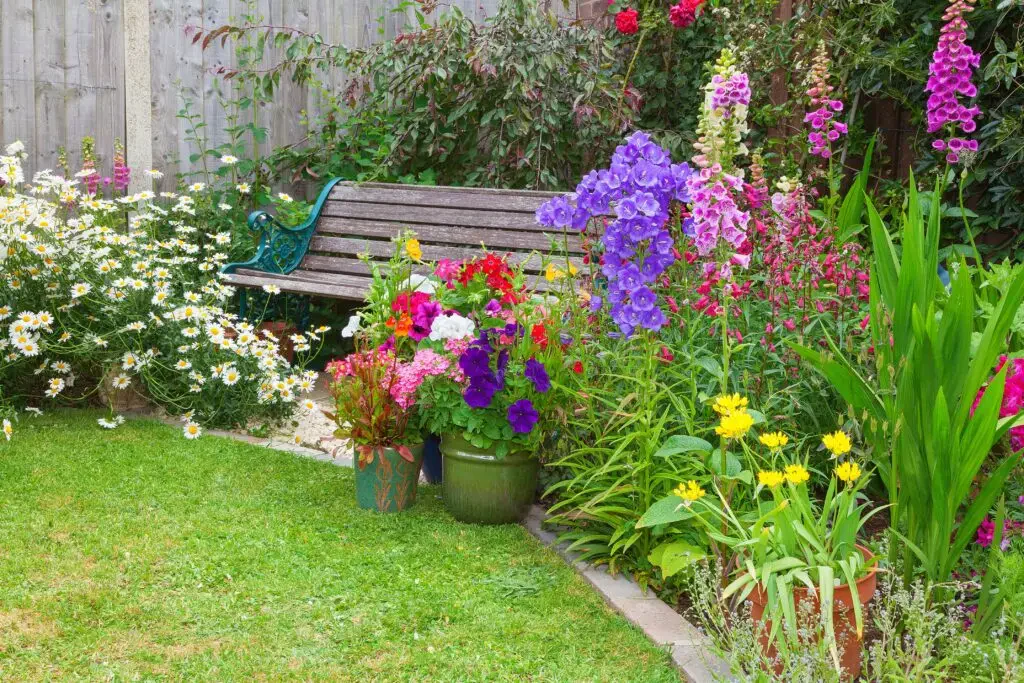Introduction to Flower Garden Walls
Imagine a cascade of vibrant blooms climbing up your backyard fence or transforming a dull patio wall into a living masterpiece. A colorful flower garden wall does exactly that—blending nature’s beauty with architectural flair to create a stunning, eco-friendly focal point. Whether you’re a seasoned gardener or a newbie with a trowel, this guide will walk you through designing, building, and maintaining a flower wall that’s both breathtaking and practical.
What Is a Flower Garden Wall?
Defining the Concept
A flower garden wall, often called a vertical garden or living wall, is a structure where plants—particularly flowering ones—are grown vertically on a wall or frame. These walls can be freestanding, attached to existing structures, or even indoors, using systems like hydroponics or soil-based panels. They’re not just pretty; they improve air quality, reduce noise, and add insulation.
Why It’s Gaining Popularity
Flower walls are popping up everywhere, from urban balconies to chic restaurants, because they maximize space and add a pop of color without needing a sprawling garden. They’re perfect for small yards or apartments, offering a creative way to grow flowers where traditional gardening isn’t an option. Plus, they’re Instagram gold—think of the selfies you’ll take against a backdrop of roses and petunias!
Benefits of a Colorful Flower Garden Wall
Aesthetic Appeal
A flower garden wall turns any space into a vibrant oasis. The mix of colors—think fiery marigolds, soft lavender, or bold dahlias—creates a dynamic visual that changes with the seasons. It’s like hanging a living painting on your wall.





